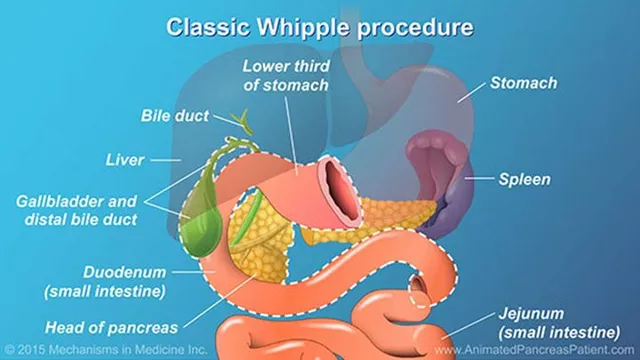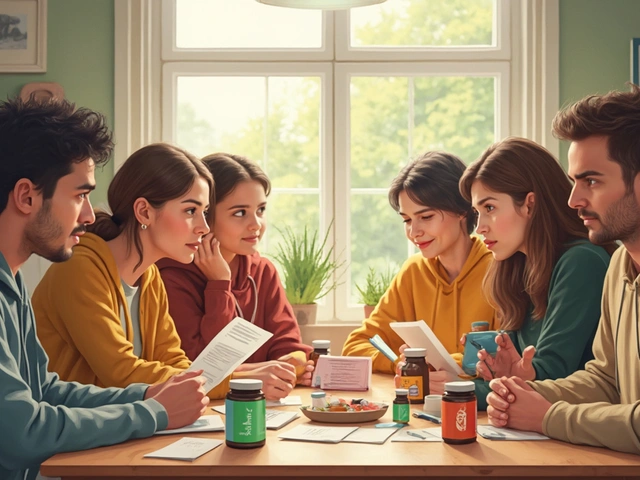Pain Management: Practical Steps You Can Use Today
About 1 in 5 adults live with persistent pain. If you’re tired of guessing what will help, this page gives straight, usable options—what works, what’s risky, and what to try before calling the doctor.
Common medication options
Start with the basics: acetaminophen and NSAIDs (like ibuprofen or celecoxib). They often ease mild to moderate pain and inflammation. For joint or arthritis pain, celecoxib (Celebrex) can be an option; it targets inflammation but still has risks like any NSAID—talk to your provider if you have heart or kidney issues.
Neuropathic pain (burning, electric shocks, numbness) usually responds better to different drugs: gabapentin or pregabalin, and certain antidepressants such as duloxetine or amitriptyline. If you’ve used gabapentin before and it didn’t work, there are alternatives—see our guide on Neurontin alternatives for options and trade-offs.
Muscle-related nerve pain sometimes improves with muscle relaxants like baclofen. There’s growing interest in baclofen for specific issues such as pudendal neuralgia, but it’s not a first-line fix—use under medical supervision.
Opioids reduce severe pain but carry real risks: dependence, sedation, and overdose. They’re best for short-term use after surgery or for short flare-ups. If you’re prescribed opioids, ask about a clear stop plan and never mix them with alcohol or benzodiazepines.
Non-drug approaches and practical steps
Medication helps, but pairing it with other approaches gives better, longer-lasting results. Physical therapy builds strength and reduces pressure on painful joints or nerves. Targeted exercise, even simple walking or stretching, often cuts pain more than resting.
Heat and cold are cheap and effective: heat loosens tight muscles; ice lowers swelling after injury. Try 15–20 minutes and see what helps. Mind-based methods—brief daily mindfulness, paced breathing, or CBT techniques—can reduce how much pain disrupts your life.
Sleep, nutrition, and stress matter. Poor sleep raises pain sensitivity. Small fixes—consistent bedtime, less late caffeine, and short evening screen-free time—often reduce pain flares. If herbal supplements look tempting, check interactions first—some herbs can interfere with antidepressants or other meds.
Track what helps: note activity, sleep, meds, and pain level for two weeks. That gives your clinician useful data and often shows patterns you can change right away.
Red flags that need prompt care: sudden weakness or numbness, loss of bladder or bowel control, fever with back pain, or rapidly worsening pain after trauma. If any of these happen, get urgent medical attention.
Want safer online buying tips or drug-specific info? We have clear guides on Celebrex, alternatives to common meds, and safe pharmacy choices. Use licensed pharmacies, verify prescriptions, and keep your clinician in the loop when trying new treatments.
Pick one change this week—try a short walk, switch heat/cold timing, or start a pain diary. Small, consistent moves add up and help you regain control over pain without unnecessary risk.




